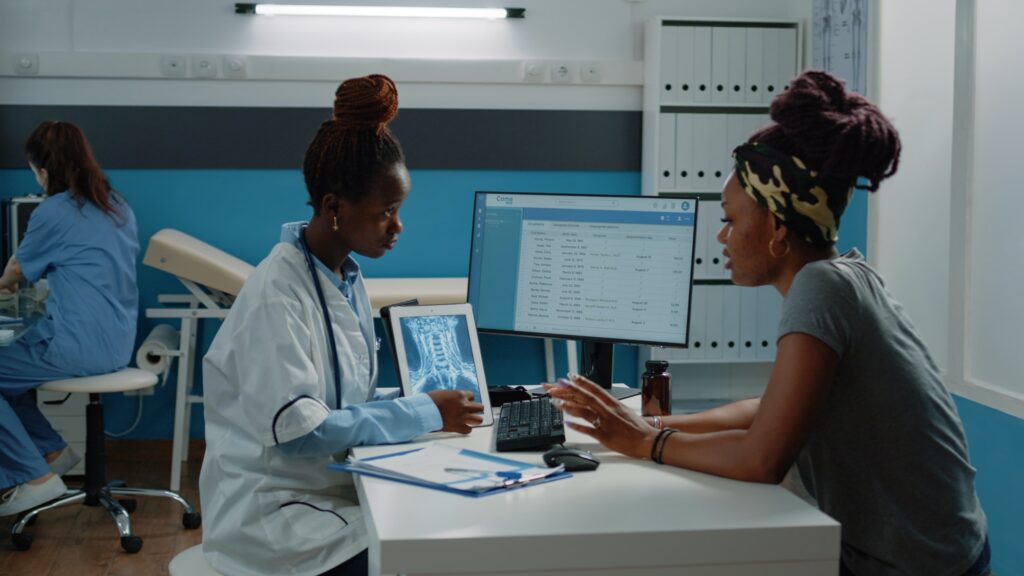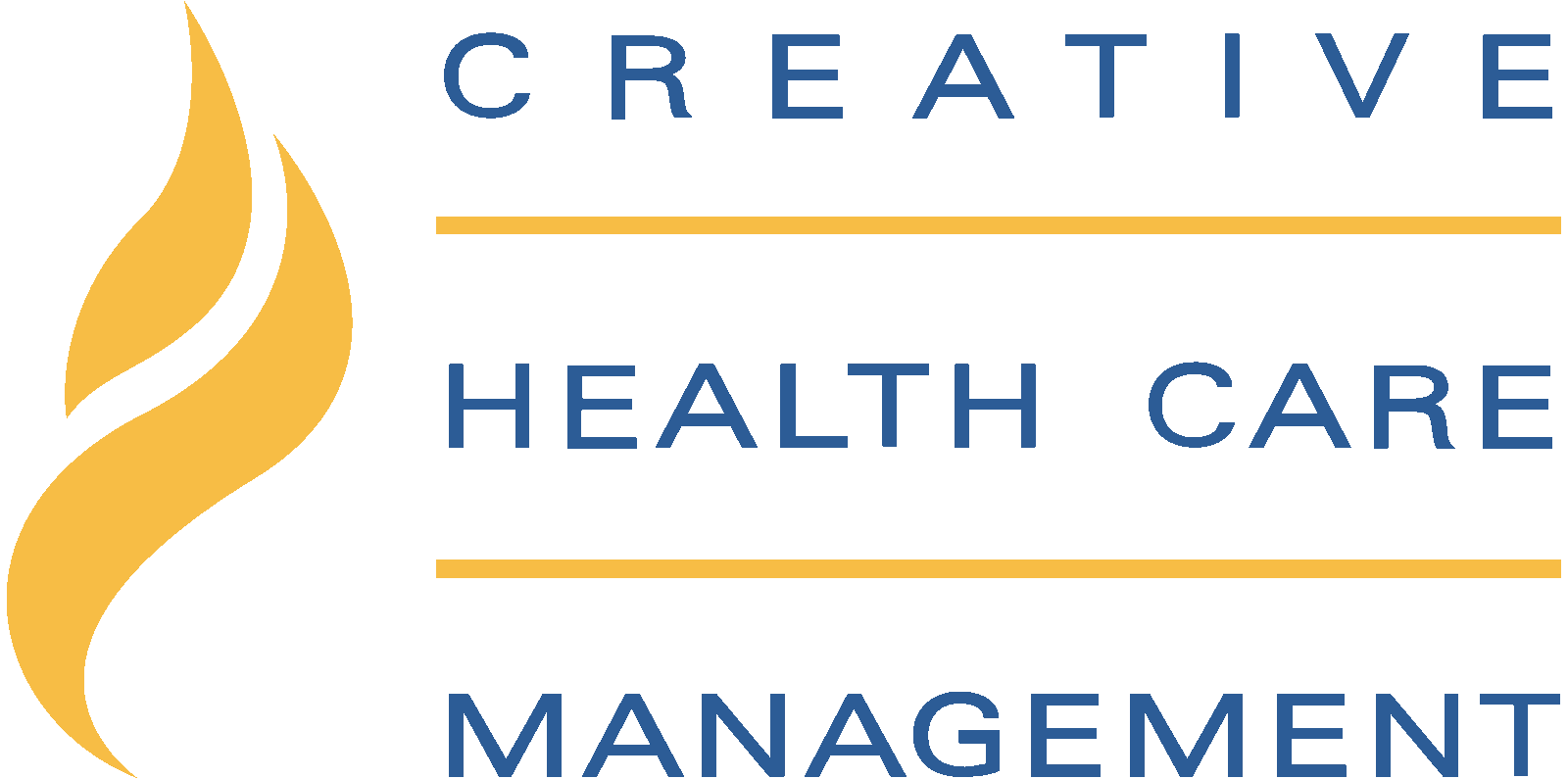“Given that relationships permeate every atom of health care, it follows quite naturally that everything in health care will work better when relationships are healthy. Medical miracles, alleviated suffering, and enhanced comfort all take place between human beings. They take place when human beings who are suffering enter the sphere of a group of human beings who are as committed to caring for them as whole, complex people as they are committed to applying their technical skill and knowledge to the healing of their physical ailments.”
Mary Koloroutis and David Abelson (2017)
Much has been written about the importance of quality relationships in healthcare but very little has been written about what makes quality relationship happen. This article describes what it takes for leaders to consistently convey interest and openness to the lived experience of their team and to cultivate compassionate connections with their teams in the same way they want their teams to create compassionate connections with the patients and families in their care. Health care leaders have an extraordinary challenge. They provide leadership for professionals who are literally responsible for life and death decisions and caring for people in the face of complex and high-stress environments. Relational proficiency is an essential ingredient for leaders to be successful.
Four Relational Practices Defined

In 2012, four relational practices that result in human connection were identified by Koloroutis and Trout (2012). By putting language to how and why connection happens, clinicians in all disciplines and leaders at all levels are able to demystify what constitutes healthy interactions. The four practices that reliably make human connection happen are attuning, wondering, following, and holding, and they can be learned, reflected upon, practiced, and mastered.
While the four practices were identified specifically to support and improve therapeutic relationships with patients, they are, in fact, the four things we humans do to connect in any and all human encounters. Here are the four relational practices defined, not in terms of therapeutic relationships, but in terms of leadership.
Attuning
Relationally competent leaders tune into individuals, teams, and situations by bringing their full presence and attention to them. Attuning is a way of being intentionally present that conveys openness and interest. It requires listening, seeing, and noticing both verbal and non-verbal cues. Attuning to someone is an act of valuing, respecting, and acknowledging the importance of the person. When leaders attune, those they lead feel seen. Attuned leaders cultivate a culture of psychological safety.
Wondering
Relationally competent leaders are genuinely interested in and curious about others. They are open to what can be learned about each individual while intentionally suspending assumptions and judgements. These leaders ask open-ended questions and suspend their own agendas. The conscious decision to wonder prevents them from judging too quickly. Wondering helps leaders assume good intent about people particularly in times of upheaval or confusion. When leaders wonder, they remain open to new information which improves decision making.
Following
Relationally competent leaders focus on what another person is teaching them about what matters most to them. Leaders allow that information to guide their interactions and leadership. This requires focusing on what the person is telling or showing them and responding to cues and preferences. Relationally competent leaders listen. They consciously avoid interrupting. They validate what they have heard. And they explore areas of disagreement with curiosity and respect.
Holding
Relationally competent leaders skillfully care for and create emotional safety and dignity for individuals and teams. This requires them to follow through on commitments. Leaders provide support for their teams to meet expectations, achieve goals, and to take risks without fear of being hung out to dry. Relationally competent leaders actively cultivate a culture in which people who are focused on caring for patients feel cared for by their leaders. They remain a steady presence in the face of strong emotions and express appreciation for the work of their teams. (Koloroutis, Del Guidice, Long, & Hanlon, 2020)
What Relational Proficiency Is

Relational proficiency is the social and/or professional knowledge and skillset shared by people who attune, wonder, follow, and hold in most of their interactions. No one does all four practices always, and the aim is not to do all of them perfectly. In practice, mastery of the four practices is a life-long quest marked by continual insights, learning, and course correction. The pursuit of relational proficiency is a noble aim, just cause, and infinite journey. It is a journey in which we continuously grow and deepen our understanding of ourselves and our relationship with others. As we develop greater relational proficiency, all of our relationships improve, so the pursuit of relational proficiency—like all noble aims and just causes—is its own reward.
How Relational Proficiency Helps Leaders Lead Effectively
The definitions of attuning, wondering, following, and holding have given you an introduction of what goes into relational proficiency for leaders. Further work has also been done on the four practices, out of which has emerged a collection of leader behaviors that allow leaders to advance their own development as well as to mentor other leaders.
A leader who attunes…
- Cares for own energy, establishes effective boundaries and is proactive about the best use of time
- Is intentional about forming connections with others and being present to them
- Is aware of own presence and energy on the well-being of a group and is intentional about bringing positive and focused energy
- Communicates acceptance and respect for team members through listening, spoken words, and body language
- Gives focused attention to people during interactions
- Recognizes the potential for technology to interfere with focus and attention during interactions with individuals and groups and manages appropriately
- Recognizes and invites input from people who might feel least influential and/or underrepresented within the group/organization
- Is aware of signs of moral distress and compassion fatigue and takes action to address and/or prevent
A leader who wonders…
- Stays open and curious during interactions, taking care not to reach conclusions too quickly
- Asks trusted others for feedback relative to own leadership effectiveness
- Suspends own agenda as appropriate and seeks to learn about the other person and what is important to them
- Remembers that everyone has a unique backstory that affects their interactions, actions, and responses
- Avoids assumptions and consciously suspends judgments; is aware of potential for personal bias
- Regularly uses open ended questions to invite people to speak openly about what is important to them and listens with interest
- Demonstrates an openness and desire to listen and learn
- Conveys interest and respect for human diversity and differing perspectives
A leader who follows…
- Listens closely to people, watching for non-verbal cues and asking questions to better understand their perspectives
- Refrains from interrupting, correcting, or rushing to fix things before hearing the other person’s perspective
- Actively clarifies and seeks to resolve areas of concern and/or disagreement
- Builds a sense of safety and trust by listening to and remembering what team members say they need
- Provides sufficient time and attention for team members to share what is important to them
- Collaborates with team members as involved partners in the success of the work
A leader who holds…
- Acts with integrity and care by following through on all commitments
- Shares information proactively so the team is informed and clear about their direction, especially in times of change
- Remains a steady presence even in the face of strong emotions
- Demonstrates emotional composure when faced with crisis or rapid change
- Genuinely values all people for their contributions and their unique capabilities
- Avoids derogatory labels or descriptors that may bias team members and interfere with their ability to work together effectively
- Uses meetings as a means for engaging the team and inspiring energy to overcome challenges
- Addresses emotionally difficult situations directly, promptly and honestly
- Models and fosters self-awareness and self- compassion as foundational to compassionate care
- Expects respect and civility from others and treats others with respect and civility
- Addresses any signs of bullying or workplace hostility to assure a safe and compassionate culture (Koloroutis, 2018)
These behaviors are from an online 360 development tool, Creative Health Care Insights, for assessing and improving leaders’ relational proficiency. (CHCM, 2018).
Why Relational Proficiency Matters

The work of clinical leaders, at every level, is extremely important. Clinical leaders hold the capacity to create the conditions for clinical teams to reach their full potential. In order for this to happen, leaders need to clearly articulate expectations for excellence in practice as well as expectations for healthy and respectful team relationships. The leader serves as a standard bearer for excellence which means investing time in the development, mentoring, and coaching of their staff. It means recognizing and appreciating the work of human caring and supporting their teams during times of both struggle and achievement. Successful leaders treat their team members the way they want they want their team members to treat the patients and families in their care.
To accomplish any of these things, good intentions are not enough. All of it requires relational proficiency.
You are called to be a fearless and courageous leader. Your voice as a clinical leader is crucial for safeguarding humane and compassionate care for your patients and assuring optimal working conditions for your staff. You must understand clinical complexities and ethics, business trends and implications; you must also be a great negotiator and communicator, all of which require relational proficiency.
The work is big, and the work is meaningful, and you cannot do it alone. Embracing your own imperfection with humility is fundamental to navigating the complex territory of leading patient care. To achieve this, you need to cultivate a community of supportive colleagues. A community in which you can come together for support and reflection—to share your struggles, celebrate successes, learn new ways of being and doing, laugh together, and encourage others. These things also require relational proficiency.
Finally, as a clinical leader, it’s essential that you care for and honor your own well-being. You cannot lead with the creativity and endurance your work requires without first caring for yourself. While this sounds simple, we all know that it may be the biggest challenge of all. Which brings us to the most important foundation for relational proficiency; you need to have a healthy, loving relationship with yourself. As Long and Smith wrote, “If you want the world to feel safe and loving for those in your care, we invite you to start by making your own interior world a safer and more loving place for you” (2017).
The value of relational proficiency in leaders cannot be overstated. It is a given, in our complex health care world that there will always be too many things to focus on. Balancing the myriad demands takes quite a balancing act. An important leadership principle to hold though is this is that you cannot focus people on improving metrics in quality, safety, patient experience, employee and physician engagement, and the bottom line, and expect relationships to improve as a byproduct of that focus. You cannot expect to have a healing and flourishing culture by focusing on metrics. But you can focus people on improving relationships—one thing—and expect quality, safety, patient experience, employee and physician engagement, and the bottom line to improve (Koloroutis, Wessel, & Smith, 2020). You can expect that when you focus people on quality relationships you will cultivate a flourishing and healing culture.
References
Creative Health Care Management. (August 3, 2018). Leader insights: An Interview with Mary Koloroutis CEO Creative Health Care Management. Retrieved from /thought-leadership/leader-insights/
Koloroutis, M. & Abelson, D. (2017). Advancing relationship-based cultures (p. 3). Minneapolis, MN: Creative Health Care Management.
Koloroutis, M. & Trout, M. (2012). See me as a person: Creating therapeutic relationships with patients and their families. Minneapolis, MN: Creative Health Care Management.
Koloroutis, M., Del Guidice, M., Long, B., Hanlon, T. (2020). Leadership. In M. Koloroutis, S. Wessel, & R. Smith (Eds.). Relationship-Based Care: A Model for Transforming Practice. Minneapolis, MN: Creative Health Care Management. (Unpublished Manuscript).
Koloroutis, M., Wessel, S., & Smith, R. (2020). Relationship-Based Care: A model for transforming health care (Unpublished manuscript). Minneapolis, MN: Creative Health Care Management.
Long, B., & Smith, R. (2017). Attuning, wondering, following, and holding as self-care. In M. Koloroutis, & D. Abelson (Eds.). Advancing relationship-based cultures. Minneapolis, MN: Creative Health Care Management.





